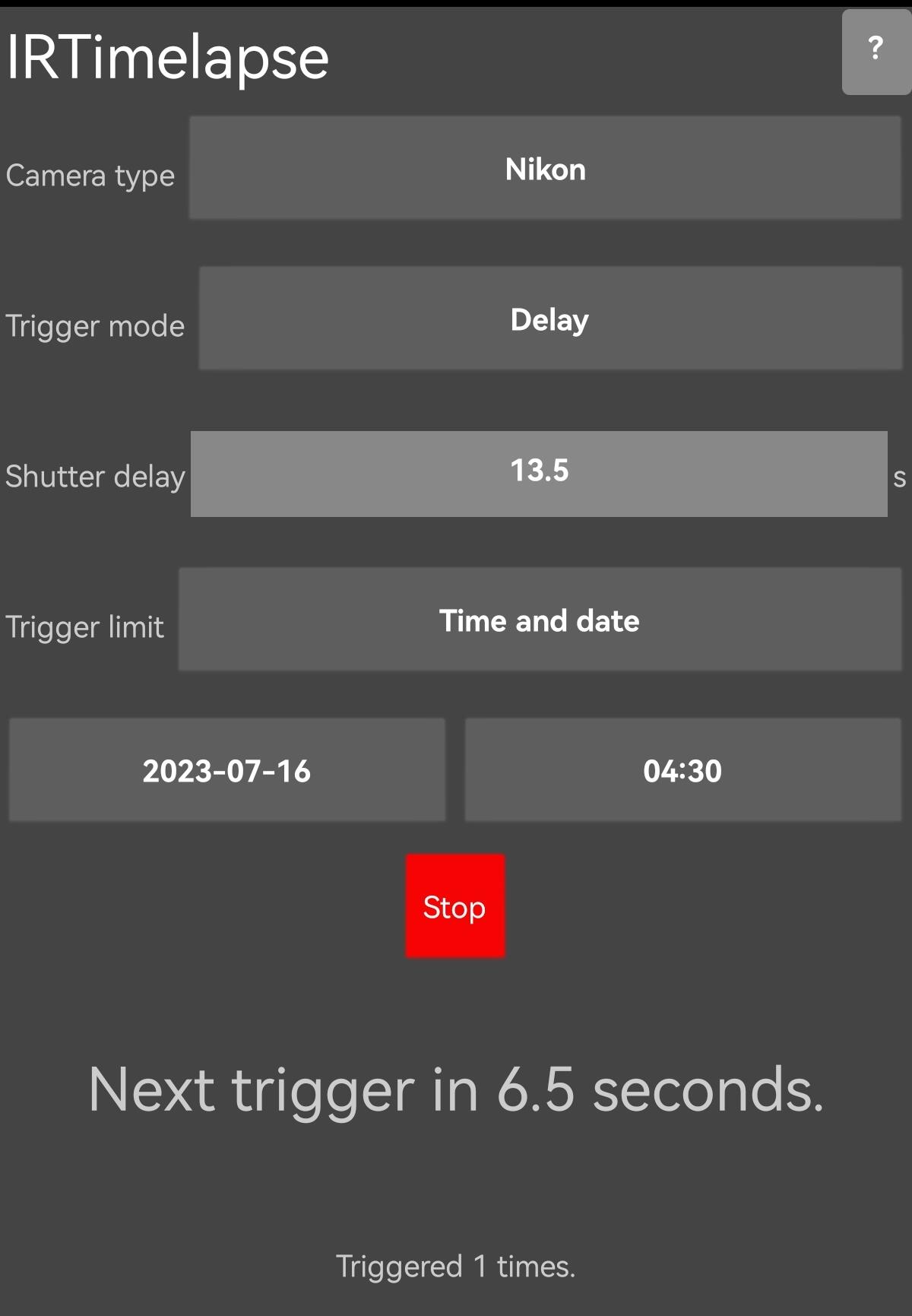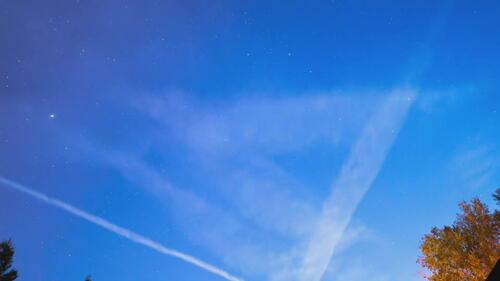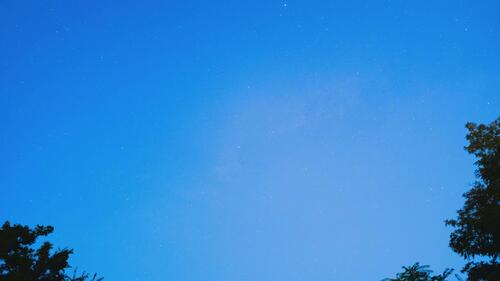In my last post, I mentioned the desire to make a new small project, possibly for the upcoming Perseids meteor shower. Well, I did, even if it’s only lightly related. It is a remote camera shutter for Android phones that have an IR blaster.
Why?
I had a wired remote shutter for the Nikon camera, but I wasn’t really satisfied with its quality and ease of use. The UI was decent, if a little hard to see in the dark, however, the cable was atrocious. It quickly developed intermittent contact problems and would only work under tension and specific orientation, something which is hard to manage on a tripod, especially at night. This got so bad, that I ended up tearing the cable and now only use the end to keep the camera from going to sleep.
The D3300 however has an IR remote sensor, compatible with the ML-L3 remote control, which is just a single-button, cheap plastic remote. It does its job, but not very flexible. Some Android phones have an IR transmitter, frequently referred to as IR blaster. This usually serves as a universal remote control with an app from the manufacturer or a third party, like irplus. None of these apps allow for a repeated trigger, especially not over a long period. The IR API is public, and my old phone (Redmi Note 9 Pro) has an IR blaster, so, why not build my own remote control?
How?
I don’t have the bulky Android Studio installed, and even if I had, this project is far too small to warrant a need for that beast. Enter MIT App Inventor. It’s an online, block-based, Scratch-like, visual, drag-and-drop programming suite, amazing for small and simple apps. It allows good customization of UI and even better control of logic. They also support Extensions, of which there are many. I used the IR Transmitter Extension and Wake Lock Extension, both by Ulli.
What?
The end result is a nice little app with the most essential features of a wired shutter release.
- The app features some camera remote codes, including Nikon, Canon and Sony. A custom code can also be used in the WinLIRC-RAW format.
- There are 2 trigger modes, Delay and Timer.
- Delay mode is a simple repeating trigger with a user-defined interval. This is used with a set shutter speed on the camera (e.g. 13 seconds) where the shutter delay is higher than the shutter speed (e.g. 13.2 seconds).
- Timer mode sends triggers twice with a user-defined pause and a delay. The camera should be set to Timer (or Bulb) mode. The shutter speed is not related to the shutter delay in this mode. (e.g. 5 seconds of shutter speed and 10 seconds of shutter delay will produce a 5-second exposure every 10 seconds)
- Shutter count can be unlimited, set by date, or the number of shots taken.
- There is also a test button to test the settings without having to wait for timers.
The app should be compatible with most Android phones featuring an IR blaster, confirmed with a Redmi Note 9 Pro and a Huawei P40 Pro.
If you’d like to give it a try, the app can be downloaded here, and the project file here.
Results
Here is a video of the app and camera in action, and a couple of timelapse videos taken with the Nikon D3300, Samyang 16mm f/2 and the above-mentioned timelapse app. No big and bright meteors this time, but maybe in the future.



